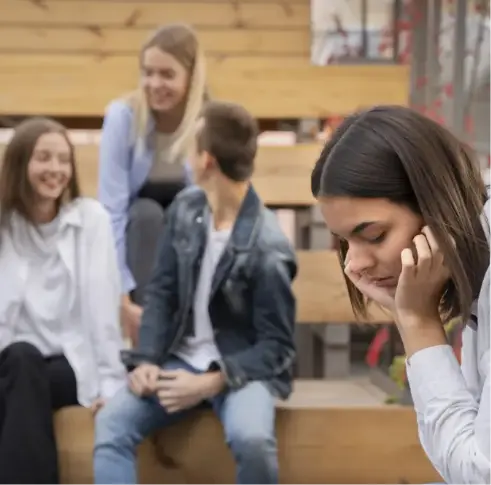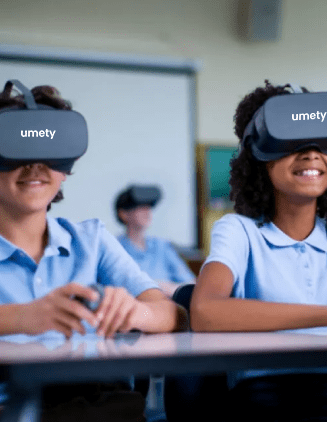elementary
Short attention spans? try immersive elementary lessons!
Combat short attention with engaging Lessons!
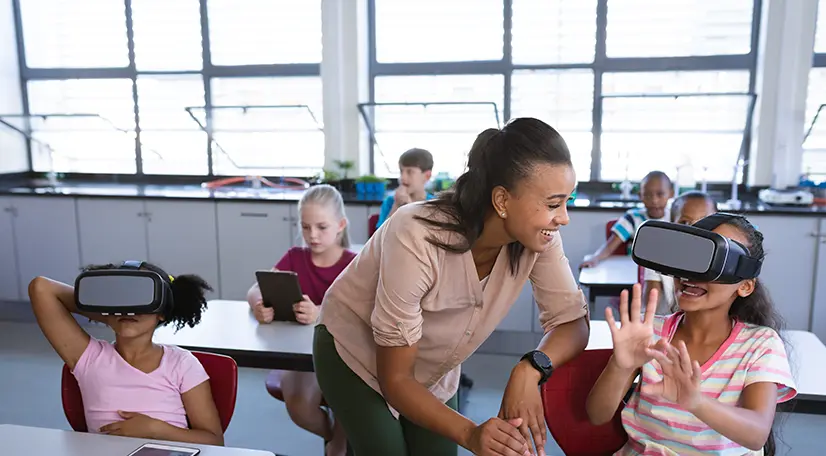
Can I have your attention, please?!
It’s a phrase you must utter millions of times if you are an elementary school teacher. The classroom isn’t just a classroom–it’s a playground where you are playing an invisible tug-of-war with tons of distractions for your students’ focus. Short attention spans among children is a real challenge. But what if we could transport them right into the heart of a lesson, making it as lively as their favorite game show?
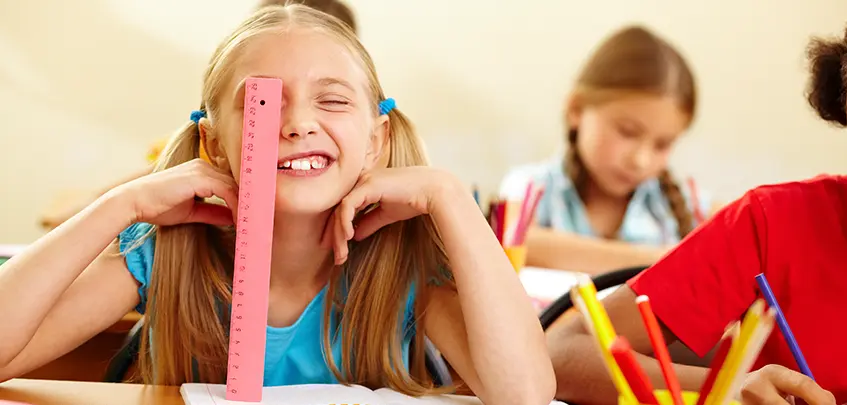
The classic classroom conundrum
A decade ago, classroom distractions were limited to passing notes, daydreaming, and sneaking comics, but the modern classroom scene has evolved, all thanks to technology. Today, students worldwide are surrounded by gadgets with notifications, games, and apps, competing for their attention. While traditional methods like chalkboards and lectures have their place, they can struggle to captivate a generation nurtured on interactive digital content. The essence of distraction remains, but its face has certainly evolved with time. This shift underscores the imperative: just as one shoe size doesn't fit all, teaching methods need to be diverse. Education today requires a multifaceted approach to cater to a diverse set of learning styles from visual and auditory to hands-on learners.
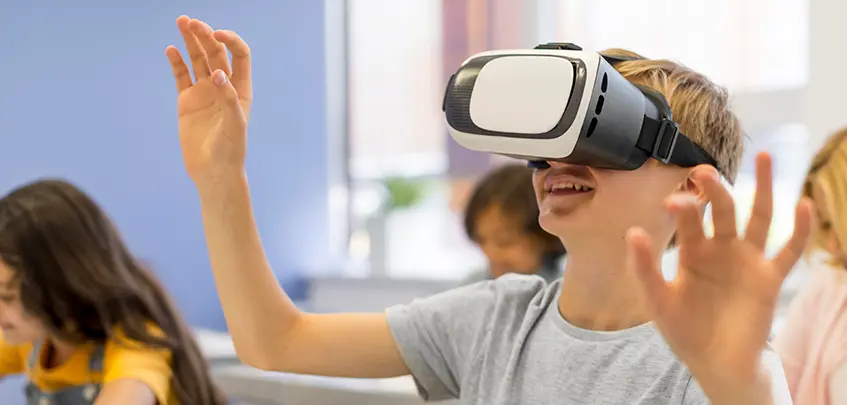
Immersive learning: the superhero you've been waiting for
Think of immersive learning as the superhero you didn’t know your classrooms needed.
Step into the lesson: Why merely study a world map when you can virtually explore any desert, jungle, or glacier across the globe? With immersive learning and VR teaching tools, you can dive deep into these environments, interact with the surroundings and even witness Earth from unique perspectives. Immersive learning offers a hands-on approach, literally.
Tailored for each tiny genius: Every student has a unique process of learning. Some like to meander through lessons, soaking up every detail, while others have that "need for speed". Maybe Jack wants to linger and marvel at all the seven wonders of the world, while Mia's in a hurry to explore all the deepest oceans and the sandiest deserts. With immersive learning, it's all possible!
Maximum engagement, minimum snooze: While classic traditional classrooms are the essence of education, it can sometimes be overwhelming for elementary students learning abstract concepts. But with virtual reality lesson plans, you can transform an overwhelming vibe to fun! With immersive learning, boredom and distraction don’t stand a chance. All eyes are wide open and all brains fully charged in the immersive world!
Unleashing imagination and creativity: The magic of immersive learning isn't only in its stunning visuals but also in its power to ignite young imaginations. VR takes students to amazing places; travel back to dinosaur times, or jump into famous global landmarks. Imagine turning math into a fun game with floating numbers or watching colorful experiments happen right before your eyes!
Safe adventures: In immersive learning, students can safely explore potentially dangerous experiments or situations. Want to know how a volcano erupts? Experience it in a 360° scene without the real-life hazards. This not only adds an exciting dimension to the lesson but also encourages students to be more inquisitive, knowing they're in a controlled and safe environment.
Interaction, not just observation: Some might say, "Why not just watch a video?" But using immersive learning is akin to the difference between actually splashing in a big pool and just watching someone else have all the fun on television. In immersive learning, you're not just watching; you're in the middle of an adventure! This way, students remember and understand stuff way better because they're a part of the story.
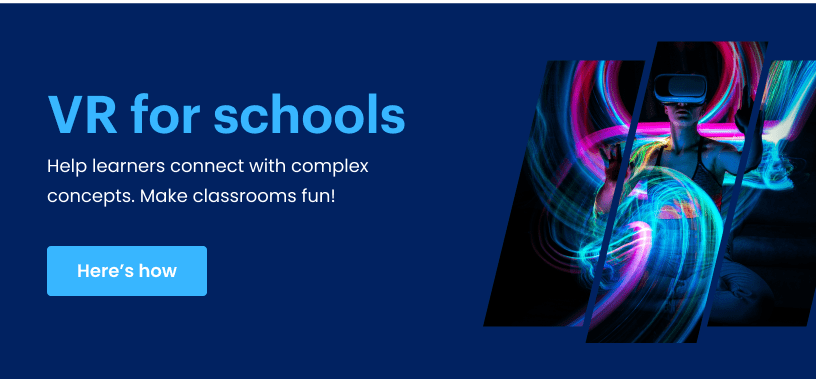
Embracing the future
Short attention spans have always been a challenge in the realm of education, especially in the digital age. However, the solution might just lie in embracing the very technology that exacerbates the issue. With virtual reality lesson plans, we have a chance to create immersive, engaging, and tailored lessons that can capture the wandering minds of our students, offering them a learning experience that involves exploration, interaction, and imagination.
As educators, we understand that your primary goal is to impart knowledge in the most effective way possible. And if immersive learning is the bridge that connects young, curious minds to the vast ocean of knowledge, then it's an avenue worth exploring. Here's to a future where education isn't just about listening and reading but experiencing and living each lesson!

Get stories selected just for you, right in your inbox.

Get stories selected just for you, right in your inbox.
This might interest you
